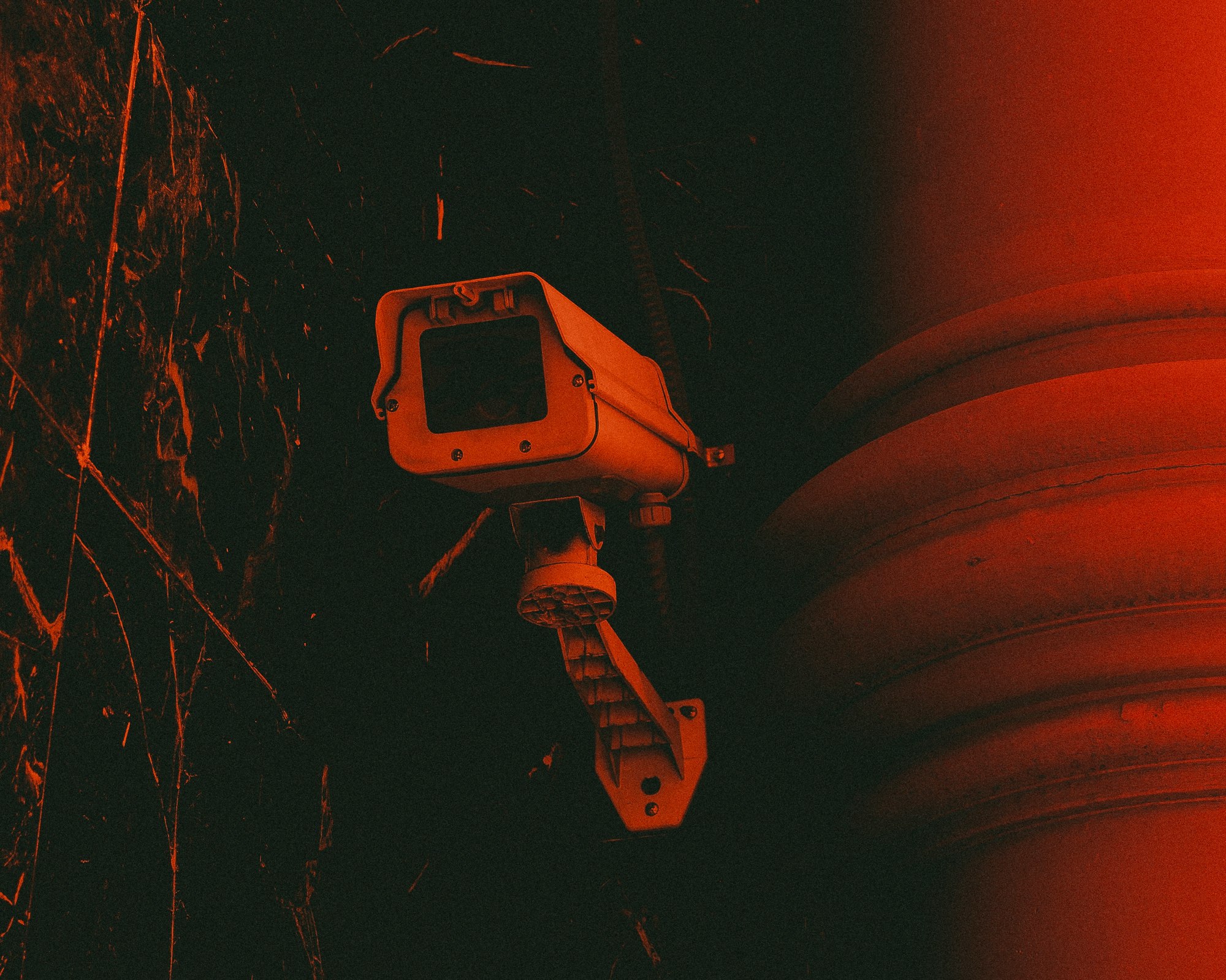EU Media Freedom Act: Protection or Paradox? An Analysis of Journalist Detention Provisions

Executive Summary
The European Media Freedom Act (EMFA), which entered full application on August 8, 2025, presents a complex paradox: a law designed to protect press freedom that simultaneously creates legal pathways for journalist detention and surveillance. While the EU frames this as landmark legislation safeguarding media independence, critical analysis reveals concerning loopholes that could undermine the very freedoms it claims to protect.
Background: The Promise of Protection
The EMFA represents the EU's first comprehensive regulation addressing media freedom across all member states. Officially, the Act aims to:
- Protect journalists from political and economic interference
- Enhance transparency in media ownership and state advertising
- Strengthen editorial independence for public service media
- Establish robust safeguards for journalistic sources
- Create a new European Board for Media Services for oversight
European Commission President Ursula von der Leyen proclaimed the Act ensures that "journalists can continue their crucial work in safety, without interference or intimidation." The European Parliament adopted the legislation with 464 votes in favor, 92 against, and 65 abstentions, presenting it as a democratic victory for press freedom.
The Controversial "Public Interest" Exception
However, beneath this protective veneer lies Article 4, which contains provisions that critics argue could fundamentally undermine press freedom. The Article establishes that while member states should not detain, sanction, intercept, or inspect media service providers, these prohibitions can be overridden when "justified on a case-by-case basis by an overriding reason of public interest."

Key Problematic Provisions
Article 4(3)(b) allows member states to:
- Detain journalists
- Subject them to sanctions
- Intercept their communications
- Conduct surveillance
- Search and seize their property
Article 4(3)(c) permits the deployment of intrusive surveillance software (spyware) against journalists, provided it meets certain conditions.
The critical phrase "overriding reason of public interest" is broadly defined and left to interpretation by individual member states, creating significant potential for abuse.
Surveillance Infrastructure: The Technical Reality
The EMFA explicitly addresses "intrusive surveillance software," commonly known as spyware. This technology can:
- Secretly record calls and activate microphones
- Film or photograph individuals and their surroundings
- Copy messages and access encrypted content
- Track browsing activity and geolocation
- Collect sensor data across multiple devices
The Act acknowledges that such surveillance "has dissuasive effects on the free exercise of economic activities in the media sector," yet it legitimizes its use under specific circumstances.
Civil Rights Concerns: Expert Criticism
Multiple civil rights organizations have raised serious concerns about the EMFA's surveillance provisions:
European Digital Rights (EDRi) Assessment
EDRi, a leading digital rights organization, characterized the final agreement as falling "short in providing adequate protection for journalists." Their analysis highlights several critical issues:
- Expansive interpretation risks: The broad definition of "overriding reason of public interest" could expose journalists to detention, office searches, and wiretapping without explicit accusations of serious crimes
- Chilling effect on sources: The possibility of government surveillance makes sources less willing to contact journalists, undermining investigative journalism
- National security loophole: Article 4(9) respects member states' "essential state functions," including national security, potentially allowing continued spyware deployment under this guise

International Press Institute Warnings
The International Press Institute has documented how the EMFA's compromise "risks being too weak to properly protect journalists from surveillance," citing case studies from Greece and Hungary where national security exemptions were used to circumvent legal restrictions and shield surveillance operations from scrutiny.
Judicial Safeguards: Insufficient Protection?
The Act requires "prior authorization by a judicial authority" for surveillance measures, but critics note several weaknesses:
- The requirement for an "independent and impartial" judicial authority was weakened during negotiations
- "Exceptional and urgent cases" allow for subsequent rather than prior authorization
- Public prosecutors with administrative ties to the executive in some member states could qualify as authorizing authorities
Transparency vs. Control: The Ownership Registry
Article 6 mandates the creation of "national lists" documenting media outlet owners and addresses. While framed as a transparency measure, critics worry this could facilitate targeting of independent media, particularly those funded by sources that governments consider unfavorable.
Implementation Challenges: Uneven Application
According to the European Centre for Press and Media Freedom, implementation across member states has been uneven, with "many Member States either yet to begin or lagging behind in their obligation to align domestic legislation with the EMFA rules."
This inconsistent implementation raises concerns about how the "public interest" exceptions might be interpreted and applied differently across the EU, potentially creating a patchwork of press freedom protections.
Case Study: Cyprus's Controversial Implementation
Cyprus's proposed implementation legislation has sparked particular controversy. The draft bill:
- Omits the EMFA's language requiring "overriding reason of public interest"
- Allows the head of secret services or police chief to request court orders for journalist surveillance
- Extends surveillance to journalists' colleagues, friends, and contacts
- Opens the door to home and office searches
Media expert Christophoros Christophorou noted that Cyprus's draft "is mainly limited to derogations and their criminalization" rather than protecting press freedom.
The Broader Context: Democratic Backsliding
The EMFA's adoption comes amid broader concerns about press freedom in Europe. According to Reporters Without Borders, several EU member states have seen declining press freedom rankings, with Hungary, Poland, and Greece facing particular criticism for restrictions on media independence.
The Act's surveillance provisions could potentially legitimize practices that were previously considered extralegal, providing a veneer of legal compliance for government surveillance of journalists.
Critical Questions and Concerns
Several fundamental questions emerge from analysis of the EMFA:
- Definitional ambiguity: Who determines what constitutes an "overriding reason of public interest," and what prevents this from being interpreted expansively?
- Proportionality assessment: How will member states assess whether surveillance measures are "proportionate" to the alleged public interest?
- Accountability mechanisms: What recourse do journalists have when surveillance powers are abused?
- Chilling effects: How will the mere possibility of legal surveillance impact journalistic investigation and source protection?
The "Disinformation" Justification
The EMFA extensively addresses "disinformation," with provisions calling for action against alleged false information. While combating genuine disinformation is important, critics worry that this framework could be weaponized against legitimate journalistic investigation that challenges official narratives.
The Act states that "global online platforms" with business models that "tend to prevent access to media services and increase polarizing content and disinformation" require regulatory intervention, potentially affecting how information flows across digital platforms.
Conclusion: A Double-Edged Sword
The European Media Freedom Act represents a significant development in EU media regulation, but its impact on press freedom remains deeply ambiguous. While it establishes important protections for media ownership transparency and editorial independence, its surveillance provisions create legal pathways that could undermine the very freedoms it claims to protect.
The law's effectiveness will ultimately depend on how member states implement and interpret its provisions, particularly the broadly defined "public interest" exceptions. Without robust safeguards against abuse and clear limitations on surveillance powers, the EMFA risks becoming a tool for legitimizing government interference in journalism rather than protecting press freedom.
The tension between security concerns and press freedom is not new, but the EMFA's approach of explicitly permitting surveillance while claiming to protect journalists represents a concerning precedent. As the law enters full application, careful monitoring of its implementation and effects on journalistic freedom will be essential to determine whether it fulfills its protective promise or becomes another mechanism for media control.
The ultimate test of the EMFA will not be its stated intentions but its practical effects on journalists' ability to investigate, report, and hold power accountable without fear of state retaliation. In an era of increasing authoritarianism and media suppression, Europe's approach to media freedom will serve as a crucial benchmark for democratic values worldwide.







